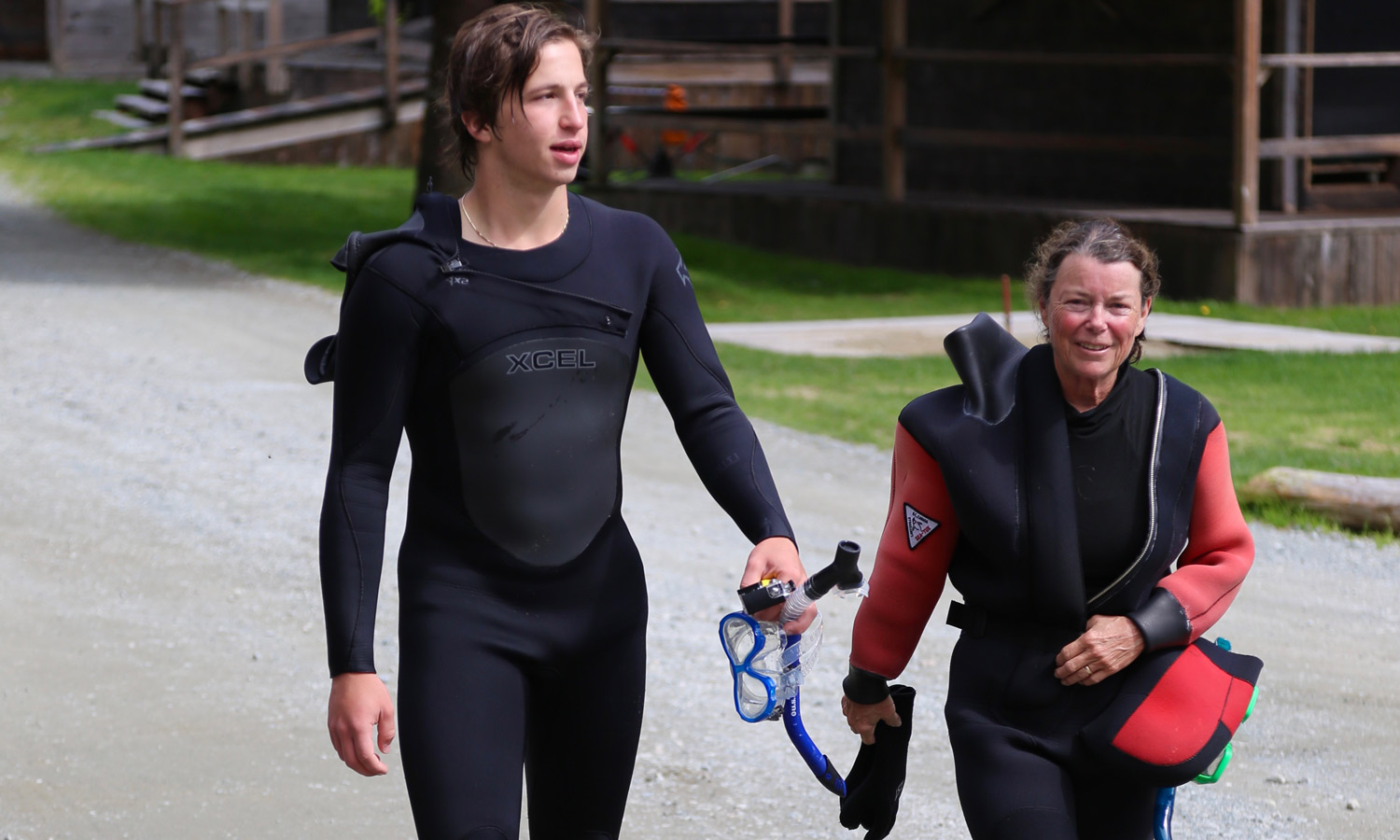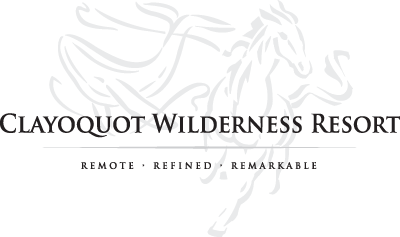Environmental Legacy Program
“Protecting the biosphere should be our highest priority or else we sicken and die. It makes no sense to elevate economics above the biosphere”
David Suzuki
Naturalist Charles Darwin wrote, “The love for all living creatures is the most noble attribute of man”. Truer words were never spoken. Ironically, in the years between Darwin’s death in 1882 and today, mankind has effectively decimated great bio-diverse swaths of the planet, taking entire species and sensitive wildlife and human habitats along with them. Love may inspire us to act, but science proves we must. If we don’t take action immediately, to protect, rehabiliate and restore earth’s eco-systems, we will all perish prematurely and unnecessarily. The temperate and tropical rainforests - the living lungs of the earth - will stop breathing, and therefore so shall we.
Through a privately-funded $3M million dollar Environmental Legacy Program (ELP), we continue to love our living rainforest, most particulary through enhancement of native wild salmon stocks.
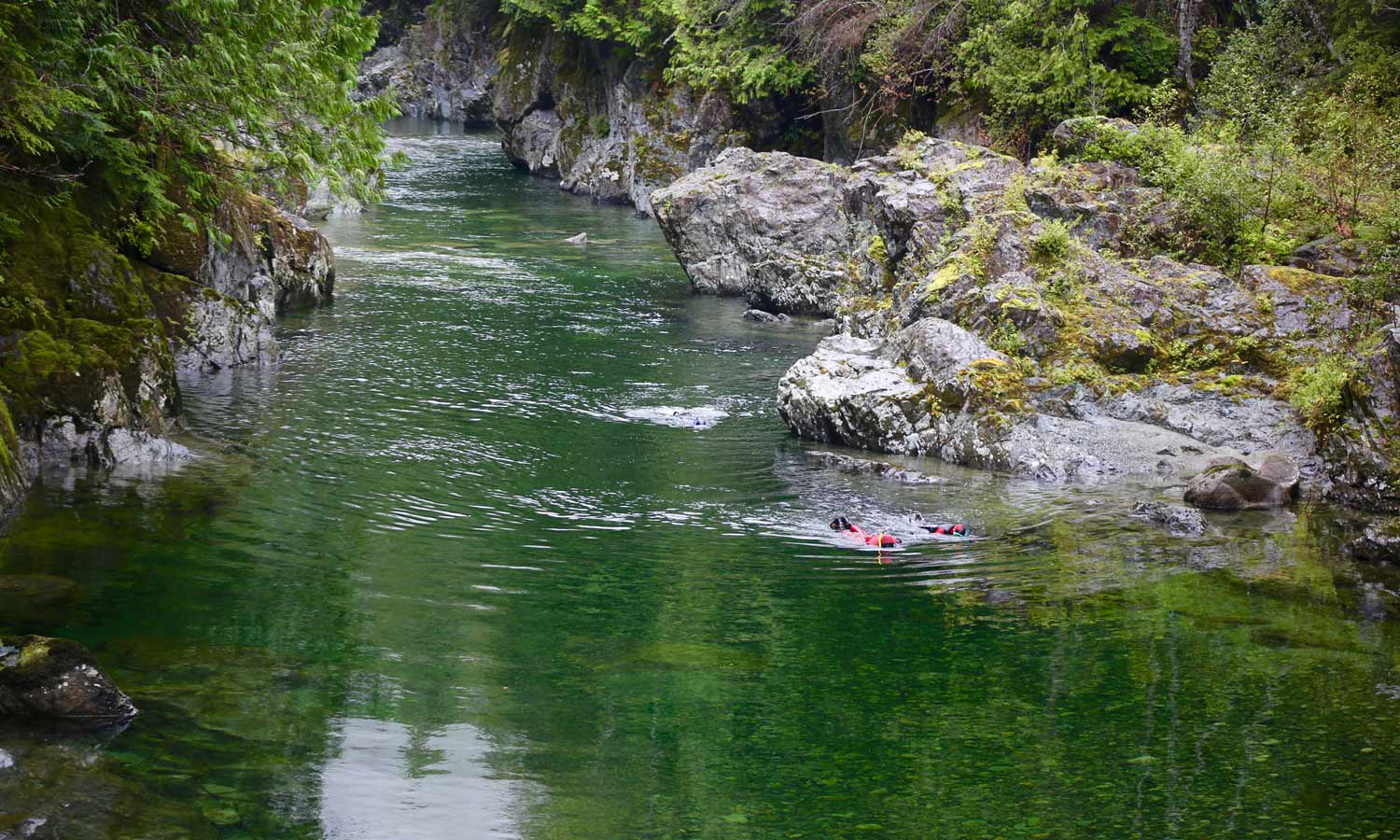
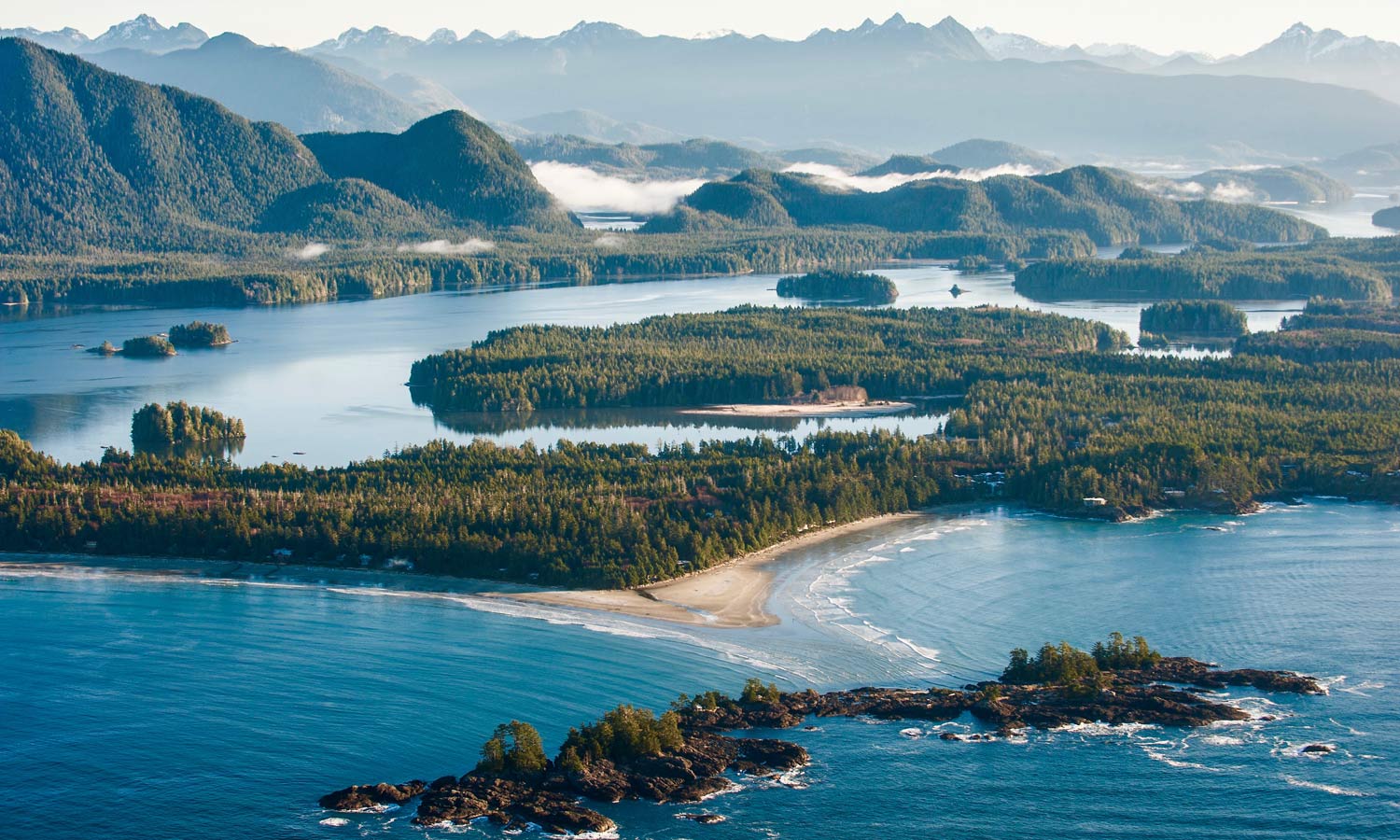
The Clayoquot Sound Biosphere Reserve - so declared in 2000 by the United Nations Educational, Scientific and Cultural Organization, is one of the largest intact temperate rainforest in the world. In a National Geographic article entitled Pacific Suite, published in 2003, writer Douglas H. Chadwick described Clayoquot Sound as a million-acre amphitheatre where mountainsides embrace a fjord-fingered, island-strewn reach of the sea [where] you don’t have to choose [because] every way of knowing nature seems to come into play. We were in woods as old, quiet, green, and wet as a forest can be. Even the air felt soaked. Read the full-text of that article here.
At the very end of an 11-kilometre-long boat ride up one of those deepwater fjords, at the point where fresh water from the Bedwell River spills into Bedwell Sound - creating a living 600-acre inter-tidal terrarium - Clayoquot Wilderness Resort operates as sustainably and empathetically as possible, with a mandate to rehabilitate some of the damage done by logging, mining and commercial fishing, beginning in the late 1800s’. Unwittingly at first, and irresponsibly eventually, natural resource extraction upset the natural balance of the rainforest eco-system.
Sensitive spawning habitat along the Bedwell River, and the Ursus River that feeds into it, was virtually destroyed - eliminating the primary source of nitogen that sustains the rainforest life cycle.
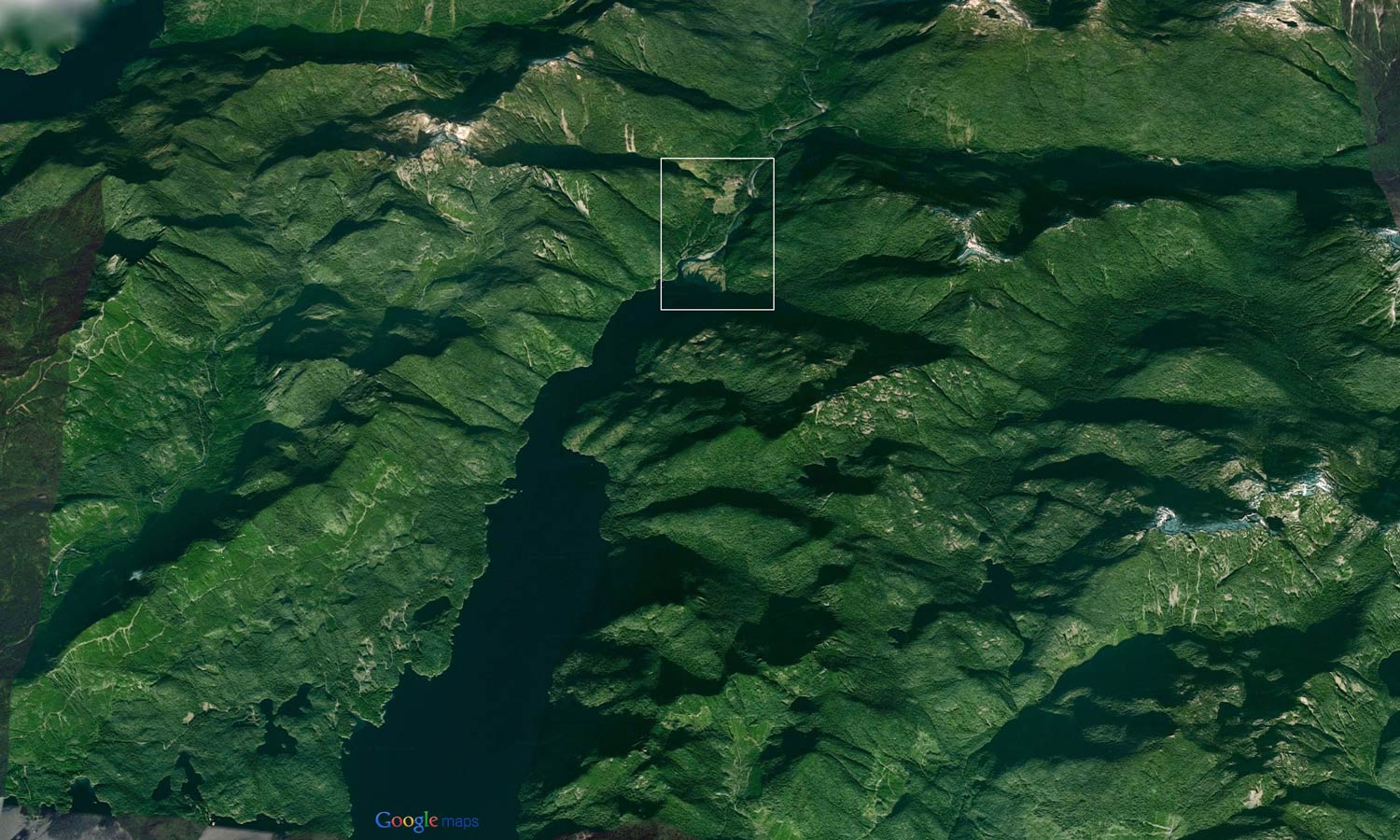
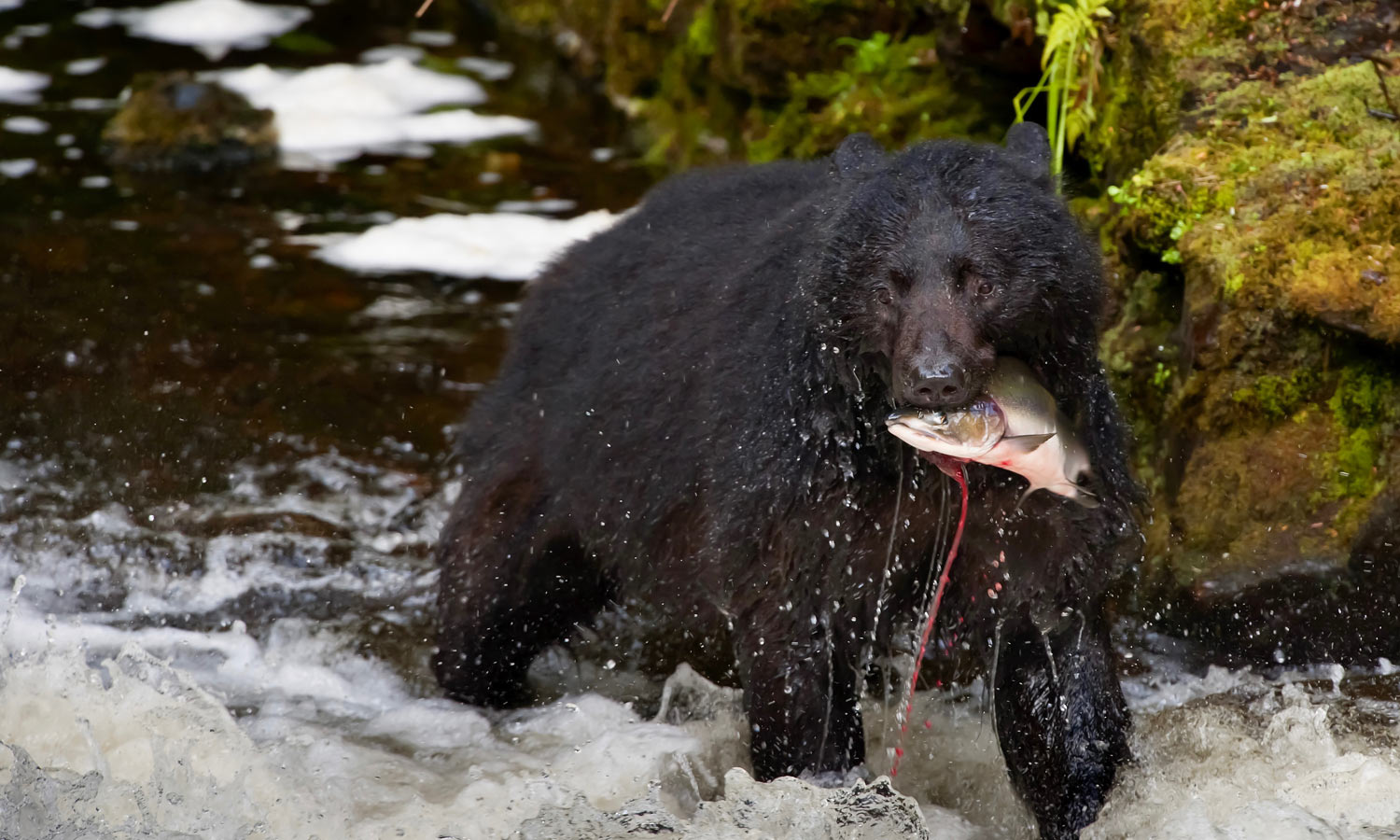
Salmon are so critical to the temperate rainforest that the environment and the cycle itself have come to be known as the salmon forest. Canadian scientist Dr. David Suzuki and his non-profit organization are excellent resources of information about the salmon forest, as is his children’s book The Salmon Forest.
In 2001, Clayoquot Wilderness Resort, in consultation with the Canadian Department of Fisheries and Oceans, and the Nuu-chah-nulth First Nation of Ahousaht, embarked on a 20-year plan to mitigate and repair historic, human-caused environmental damage and habitat depletion, with a focus on creating new salmon spawning habitat and supporting organizations committed to restoring native stocks to river systems on and around resort property.
The program, funded by the resort and resort guests through a 3% environmental tax, grew to include raptor rehabilitation, Roosevelt Elk winter feeding (climate change has now rendered this unnecessary), a hydrophone research project for the Pacific Marine Science Centre to identify and track resident cetaceans, and motion-caption projects for local biologists studying black bear winter denning habits.
Currently, the ELP focusses almost entirely on all aspects relating to salmon and the salmon forest, and guides all aspects of resort operations, habitat creation and enhancement, guest activities, and education.
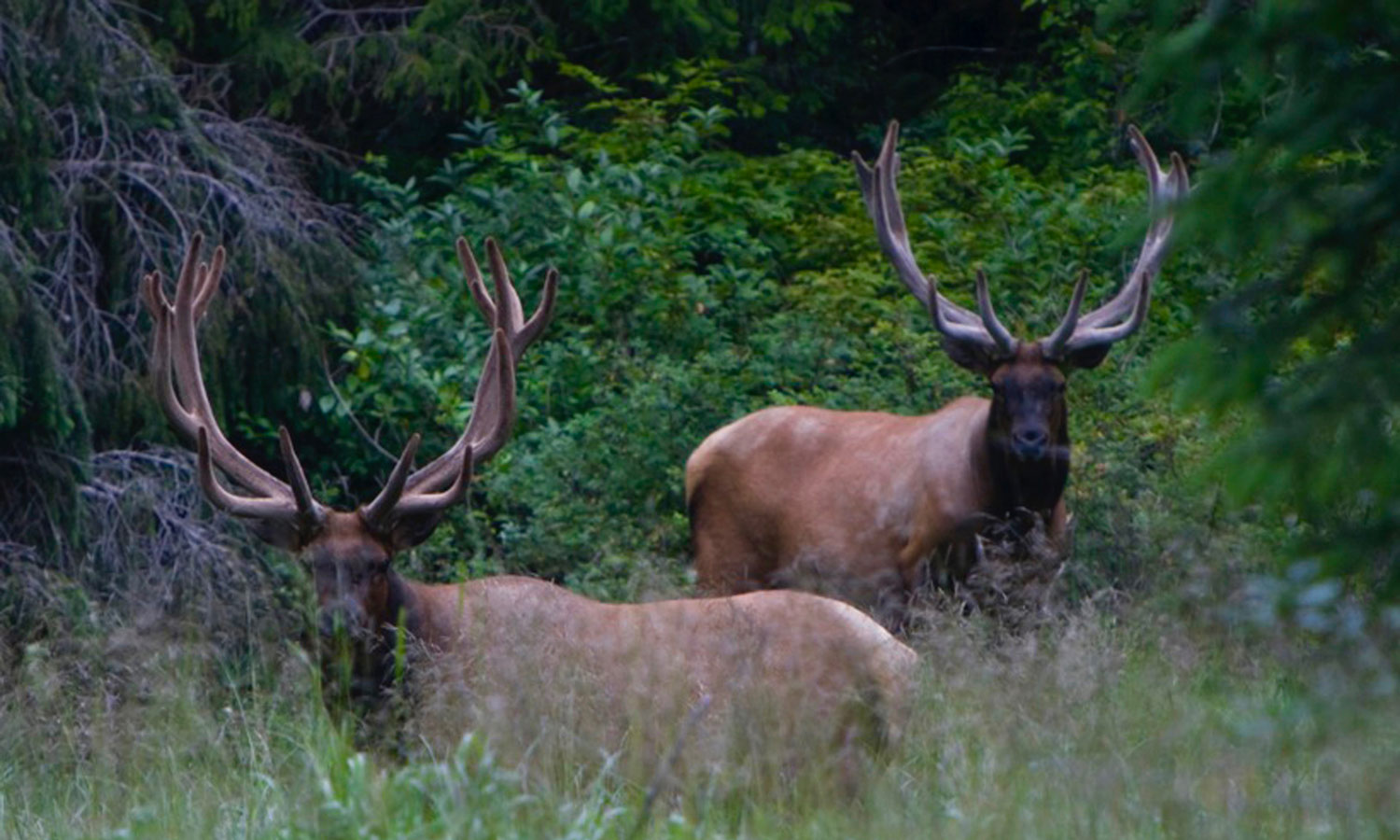
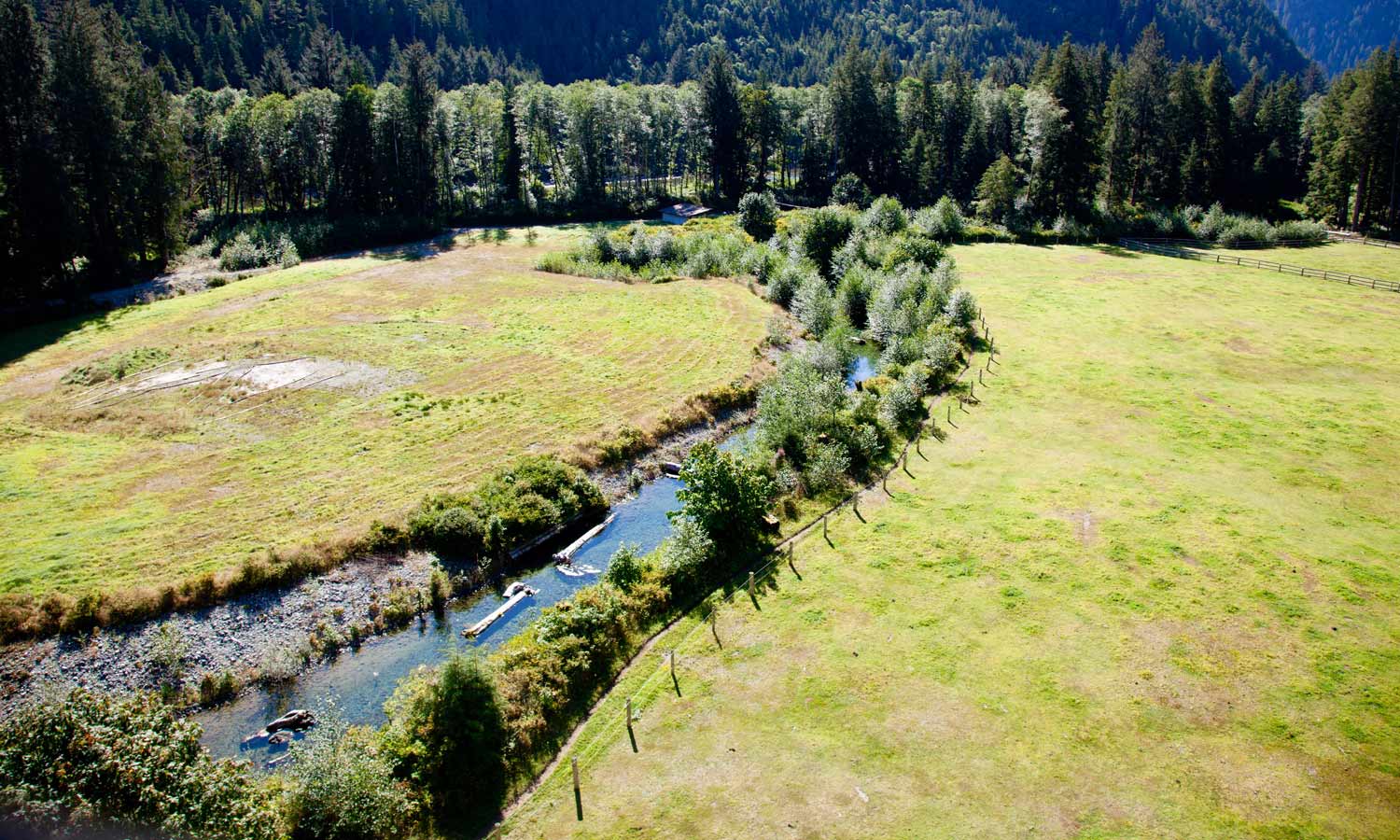
Over the period of several years, 1.5 kilometres of so-called side channels, nature’s salmon nurseries, have been created parallel to the Bedwell River. During the long months of winter, when the resort is closed for the season, dedicated ELP staff work tirelessly to protect existing side channels and spawning habitat from the climate-change-triggered ravages of winter, and create new habitat.
The side-channels and ponds, created to exacting specifications, mirror naturally-occuring side-channels with their diverse range of slow-water micro habits, terrestrial and aquatic food sources, flow and aeration, natural filtration and other attributes that provide refuge for fry during the freshwater phase of their life cycle.
Local heroes from the Tofino Salmon Enhancement Society, led by Doug Palfrey, are relentless in their committment to restore native salmon stocks, and have been invaluable partners and friends of the resort. When the ELP was first initiated, TSES audits of the Bedwell River returned a zero count. That is, not a single specimen of any of the six species of salmon native to the sound, were found in the river.
During 2016 audits, all six species were accounted for during spawning season swims of the river. Doug credits the ELP side-channels with growing impressive populations of Bedwell native Chum and Coho. During autumn swims, the TSES crew harvests eggs from ripe native females, fertilizes them with milt from native males, then incubates them at the Tofino Fish Hatchery.
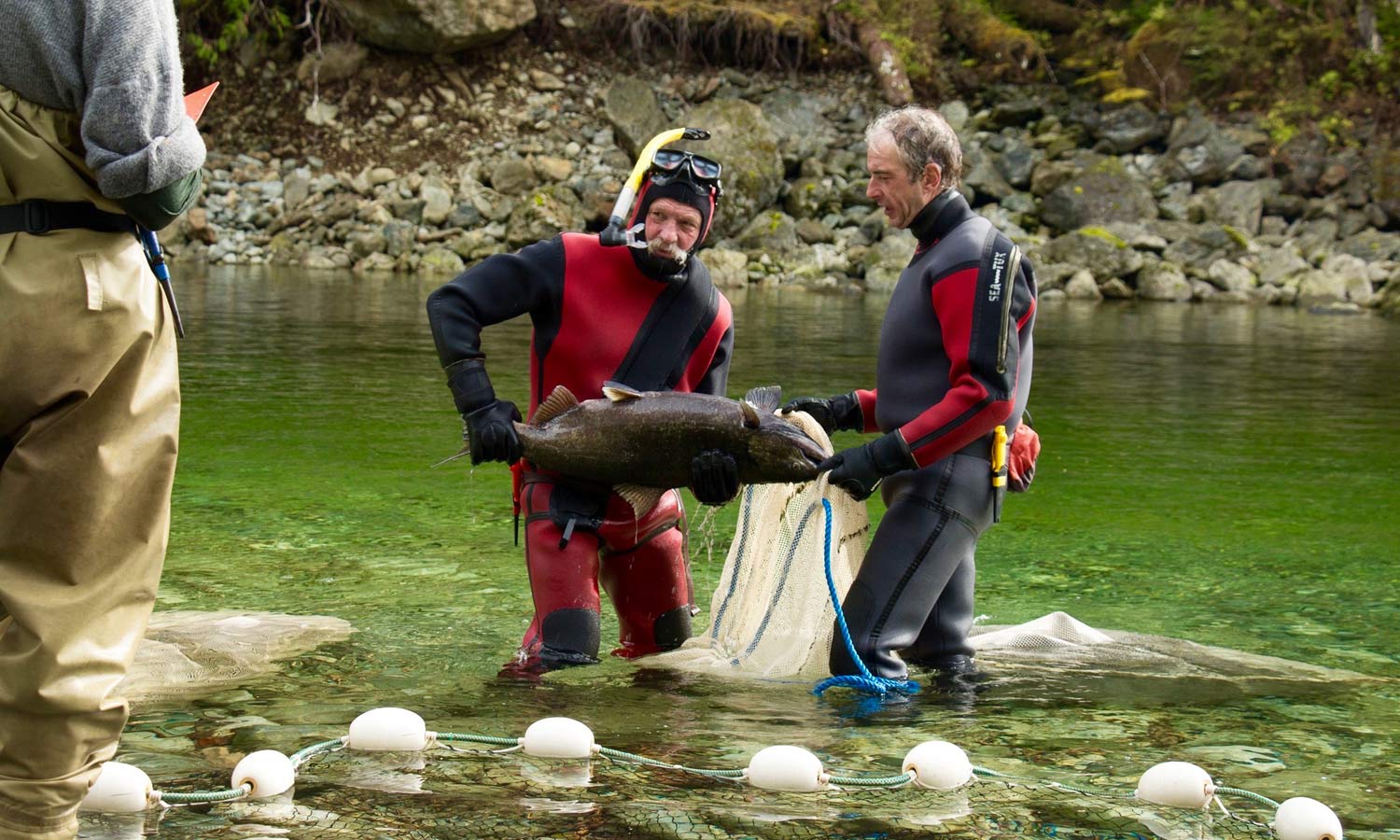
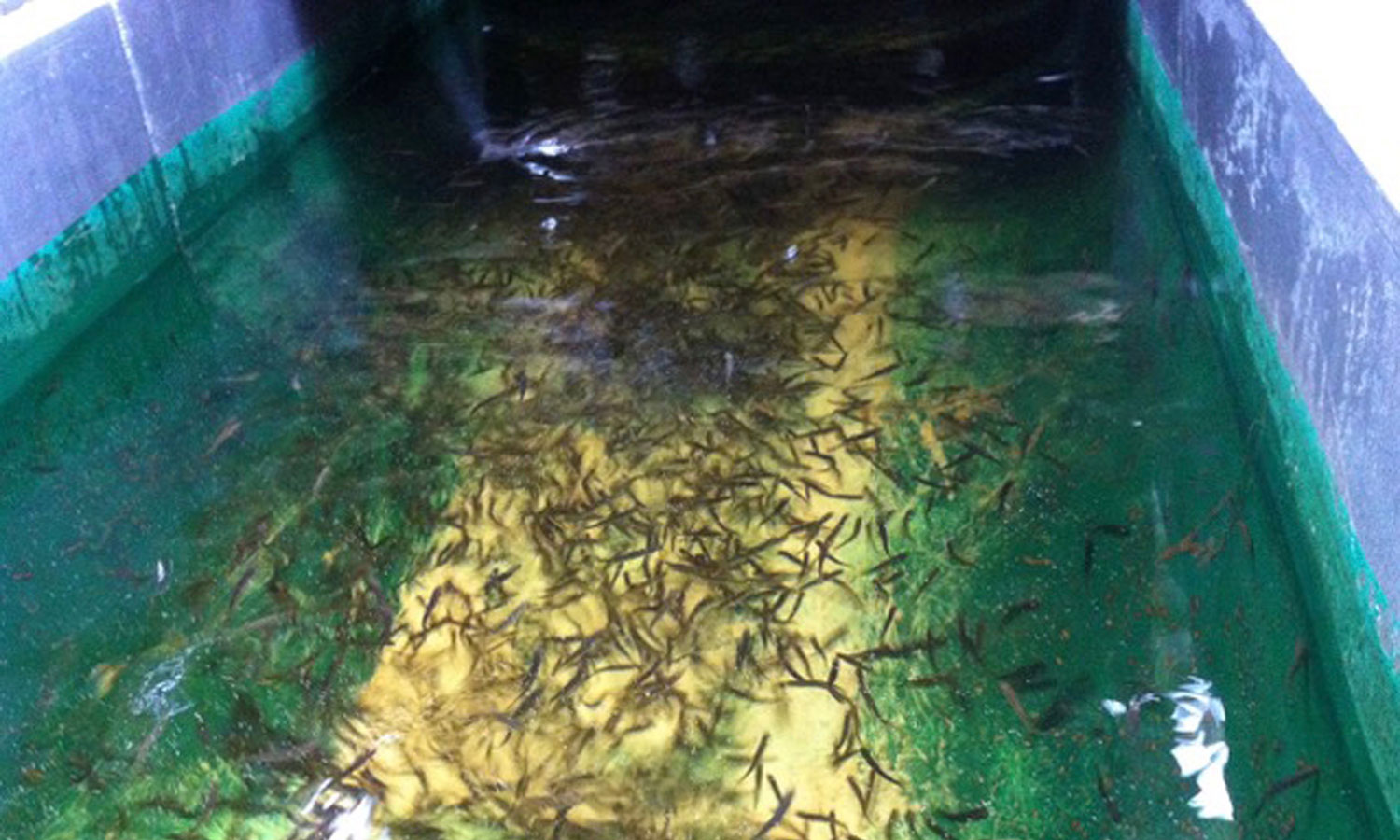
Egg harvests vary season to season, according to rain and water levels. In 2015, over 38,000 hatchery-raised Bedwell Chinook (eggs harvested autumn 2014) were transitioned into 20’x20’x20’ pens anchored in the Bedwell estuary. They were monitored, fed and reared for approximately three weeks - from installation at 5 grams, to release at 19 grams - in the cold clean estuary environment, where the waters of the Bedwell River could imprint its scent on the fry before their release into the Pacific.
In 2016, due to raging rains and higher than normal water levels during the Bedwell River egg harvest, approximately 9000 hatchery-raised Chinook will be released when condition and water temperature are ideal, likely sometime in June, directly into the river, where they will remain, feed and grow, before starting their watery migration of thousands of kilometres, to Alaska.
Before the fry leave the hatchery, each fish must be tagged by hand, one at a time, so that returning native and wild stocks can be identified and recorded during subsequent audits. The tagging process is onerous and lengthy, conducted almost entirely by committed volunteers.
Sadly, according to local experts, over 50% of Pacific salmon, including our Bedwell Chinook are taken by the Alaskan salmon fishery. Apparently these same fisheries take only 5-6% of their own stock, but are rapidly depleting Pacific stocks, the bulk of which comes from the west coast of Vancouver Island. Salmon start returning to native rivers to spawn between the ages of two and five years. TSES audits report the total number of Bedwell Chinook returning to spawn, at less than 5%. There is much work to be done.
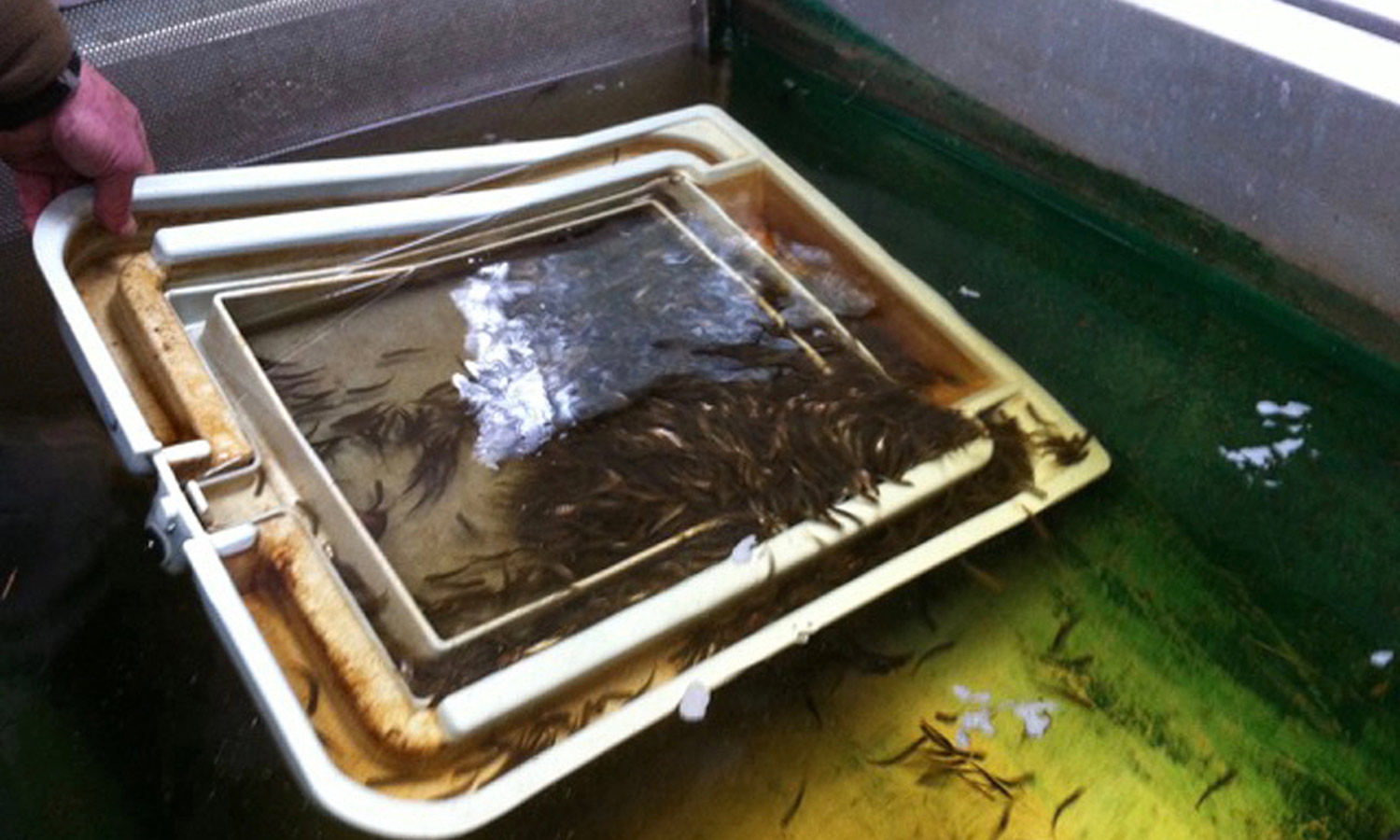
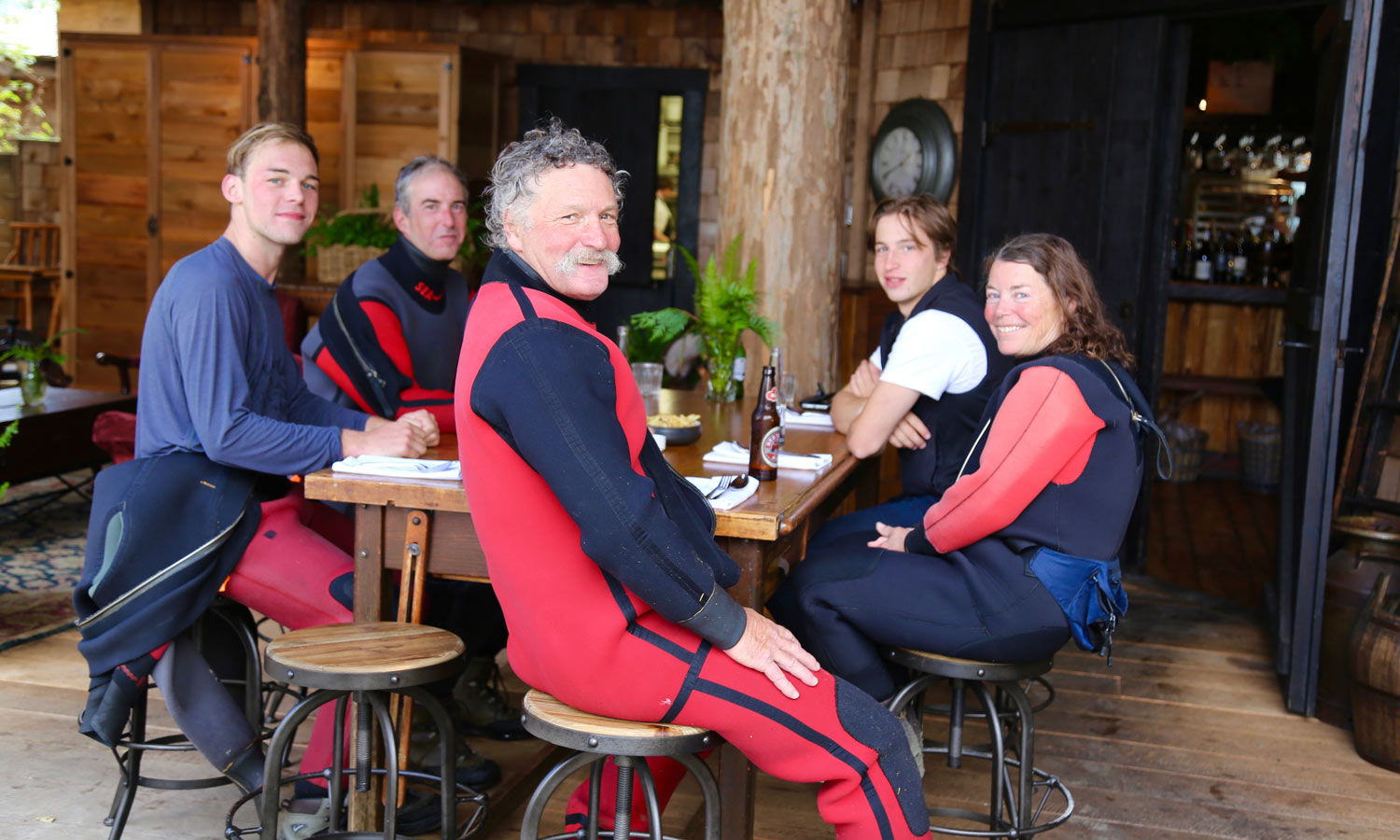
Thankfully, eco-warriors and pioneers like Canada’s Dr. David Suzuki and the formidable Greenpeace organization, and legendary French explorer and conservationist Jacques Cousteau and his son Jean-Michel, inspired generations to rethink and reconsider their ambitions and values, and invest in the science of reversal. Influential politicians and celebrities like former US Vice President Al Gore, film actor and activist Leonardo di Caprio, and documentary film makers like Michael Moore keep the conversation going - standing up or speaking up with conviction and without fear - often in crushing opposition to world leaders and industry giants.
Locally, in areas like Clayoquot Sound, crusaders like Doug, Carallyn, Dave, Jake and others at TSES, work tirelessly in salmon habitats and in the community, to enhance, educate and inspire change. We thank them.
To learn how you can participate in the ELP during your stay at the resort, or to plan a holiday around the release of fry into the Bedwell, or autumn swims with spawning salmon, please be in touch.
New family-focussed educational initiatives being introduced during the 2017 season, include side-channel enhancement and replacement of established deciduous trees with juvenille conifers, to provide shade and decrease sediment particulate levels.
